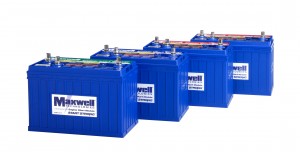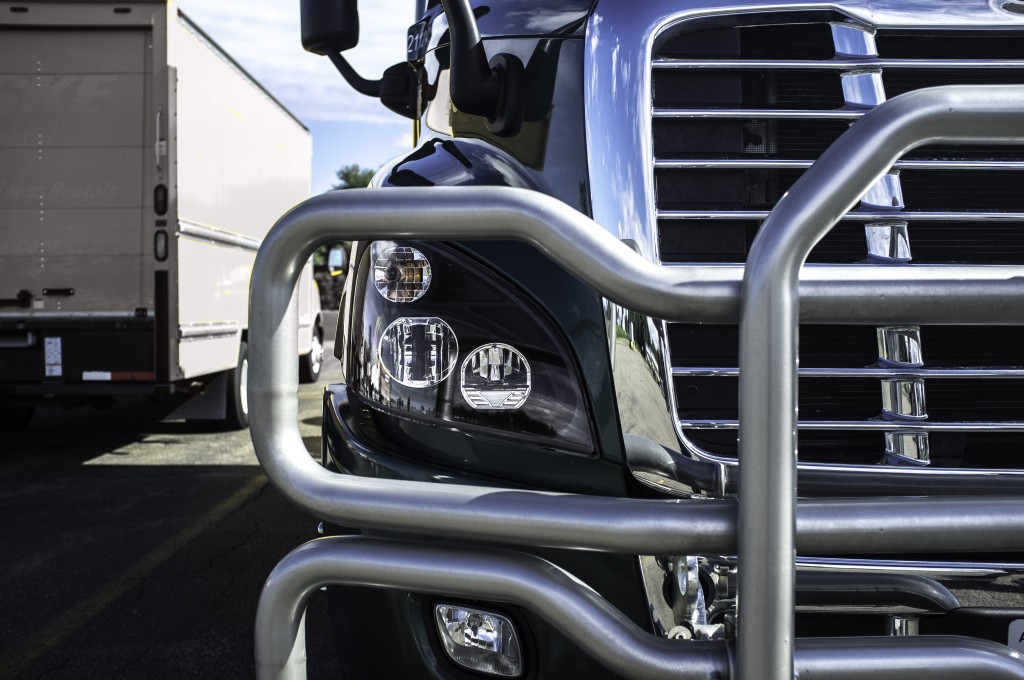Recruiting and retaining experienced, high-quality drivers is a challenge. The job demands long hours on the road away from family. To keep up with driver demand and support recruitment efforts, many of today’s trucks are decked out with all the latest in technology: GPS; TVs; refrigerators; entertainment systems; you name it. While this is certainly important in terms of driver retention, fleet managers need to consider the enormous toll this takes on the truck’s battery.
“Just as technology inside the home has grown, so has the number of devices that can be used inside of a cab,” says Dave Lajeunesse, director of engineering for Phillips Industries. “More systems are being produced to allow drivers to operate more devices.”
“Hotel load demands seem to increase year over year,” agrees Jeff Brakley, the senior business portfolio manager for trucks at Maxwell Technologies. “As more electronics are added to today’s commercial trucks to meet regulatory and customer demands, we will continue to see increases in both parasitic and hotel loads. Demands for creature comforts such as cell phones, laptops, refrigerators, microwave ovens, TVs and DVD players further add to the ever-growing list of hotel loads.”
Fleet managers are certainly seeing the effects of this increase in electrical demand. In addition to all the new devices draining the electrical, fleets are still battling the usual battery-drain culprits. David Foster, director of maintenance for Worldwide Equipment Leasing, recalls several issues including: Drivers using lift gates without the power unit running (to keep it charged) or the power cord not properly plugged in and supplying charge to the lift gate battery; drivers leaving the inside box lights on after parking the truck; they leave their headlights on while loading at docks; and issues with refrigerators and inverters causing unnecessary drains on batteries.

“Years ago,” begins Bruce Essig, Odyssey national program manager for EnerSys, “if you turned the vehicle off, the electrical loads went away. Not so anymore. Many of today electronics run constantly: Clocks, navigation systems, alarms, fuel injection computers, etc.”
More than anything else, this is the problem that leads to battery failures—too many things running too long overnight.
“There isn’t one particular issue that leads to a truck not starting. It’s more of a cumulative thing—whatever sets it off is just the straw that broke the camel’s back,” says Bruce Purkey of Purkey’s Fleet Electric. “Drivers leave things on all weekend, then the truck won’t start in the morning. None of this affects the truck when it’s on and running. It’s when it’s off that’s the killer.”
(Click “Next Page” to continue reading).














